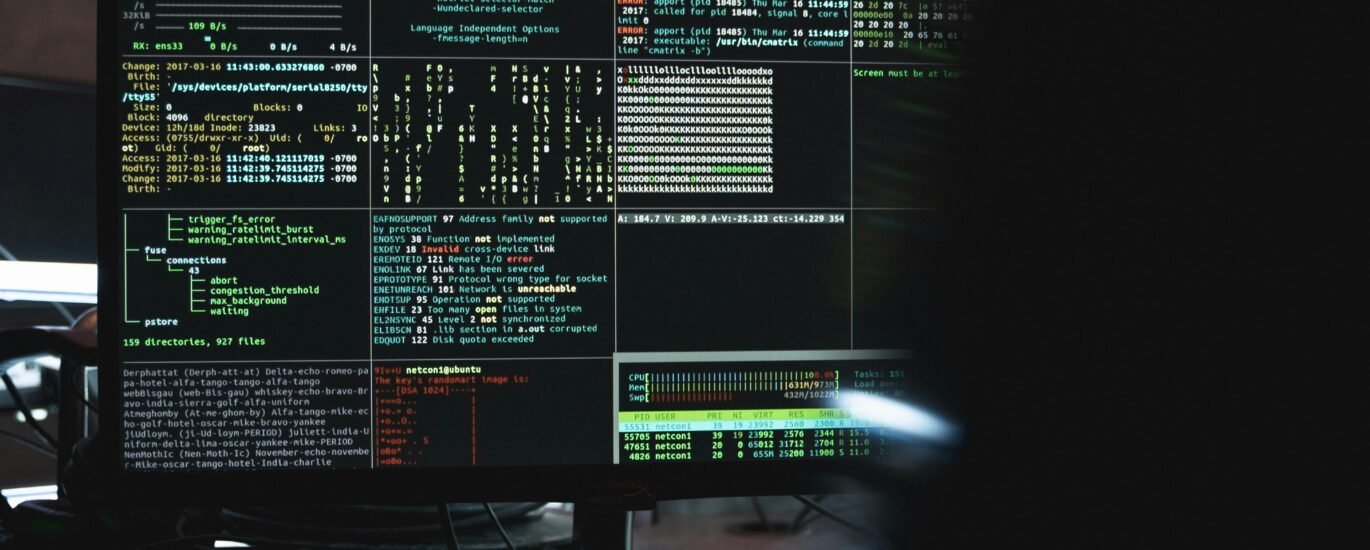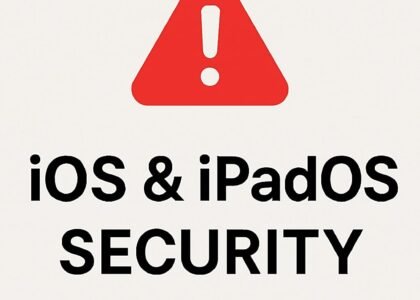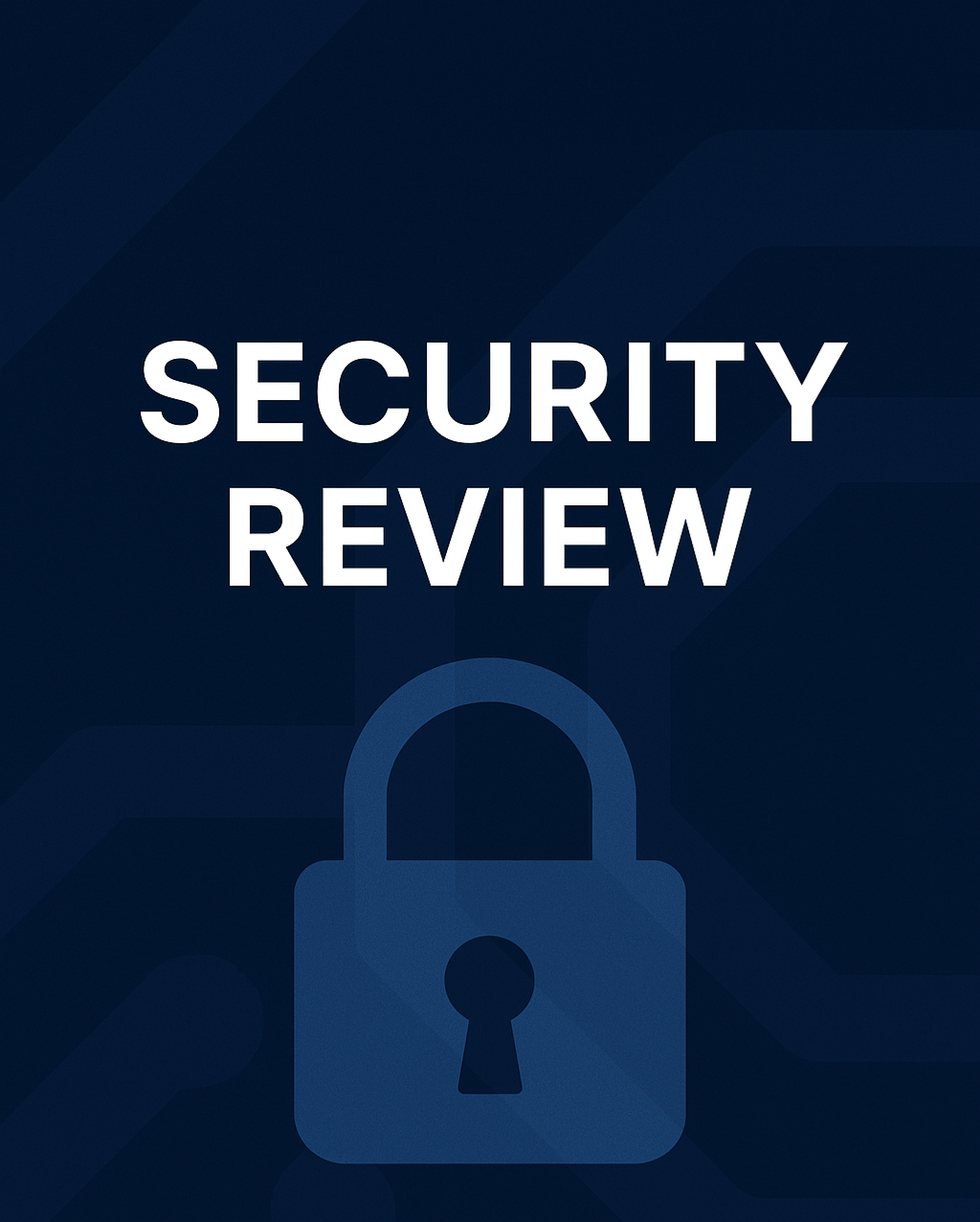Organizations often conduct penetration tests to meet compliance requirements, ensuring adherence to regulations like PCI DSS, HIPAA, SOC 2, or ISO 27001. However, relying solely on compliance-driven pen testing can create a false sense of security, leaving systems vulnerable to newly emerging threats.
In reality, attackers don’t wait for audits—they exploit weaknesses as soon as they appear, often weeks or months after a compliance test is completed. To truly secure digital environments, businesses must adopt continuous security validation rather than treating penetration testing as a one-time checklist item.
The Problem with Compliance-Driven Pen Testing
Traditional penetration testing has three major limitations:
- Surface-Level Security
- Compliance-focused testing identifies only the vulnerabilities required by regulations, potentially missing other high-risk security gaps.
- Static Nature
- Cyber threats evolve rapidly, but compliance frameworks take months or even years to update, leaving organizations exposed to new attack techniques.
- False Sense of Security
- Passing an audit does not equal true security; attackers don’t follow compliance rules, and sophisticated exploits often bypass standard security measures.
The Case for Continuous Penetration Testing
Beyond Compliance A proactive, ongoing penetration testing strategy helps uncover vulnerabilities before attackers can exploit them, strengthening overall security beyond regulatory requirements.
Continuous Improvement Instead of waiting for annual audits, regular penetration tests expose security flaws and ensure quick remediation, preventing breaches before they occur.
Pen Testing as a Service (PTaaS) PTaaS solutions provide ongoing testing without overwhelming internal teams, ensuring that every system update undergoes real-world security validation.
Key Components of a Strong Pen Testing Strategy
To build a robust penetration testing program, organizations should focus on three essential elements:
✔ Frequent Testing
- Conduct penetration tests after major updates and before new deployments to stay ahead of vulnerabilities.
✔ Integration with Other Security Measures
- Combine penetration testing with External Attack Surface Management (EASM) to monitor digital footprints and prioritize high-risk vulnerabilities.
✔ Custom Threat-Led Pen Testing
- Tailor penetration tests to industry-specific risks instead of relying on generic assessments.
Overcoming Implementation Challenges
Organizations often struggle with penetration testing due to budget constraints, resource shortages, and lack of executive support.
🔹 Resource Allocation
- PTaaS solutions help companies access certified testers without costly in-house cybersecurity teams.
🔹 Cultural Shift
- Moving beyond compliance requires leadership-driven security initiatives, encouraging ongoing testing rather than periodic audits.
Taking Action with Integrated Security Solutions
For maximum protection, businesses must:
✅ Identify and secure all internet-facing applications.
✅ Implement continuous penetration testing rather than relying on static compliance assessments.
By embracing continuous penetration testing, companies can safeguard their systems against real-world threats—not just pass compliance audits.




